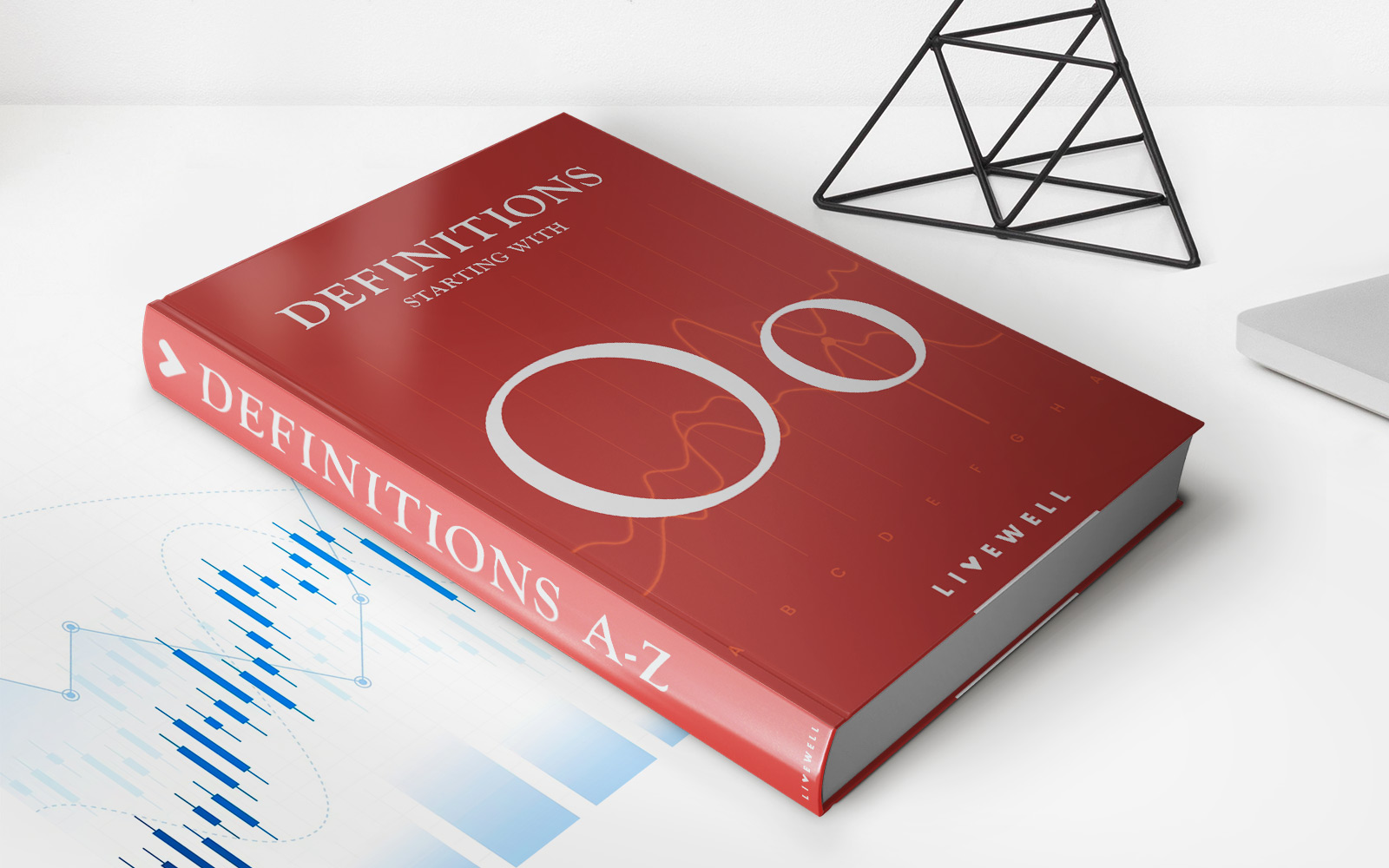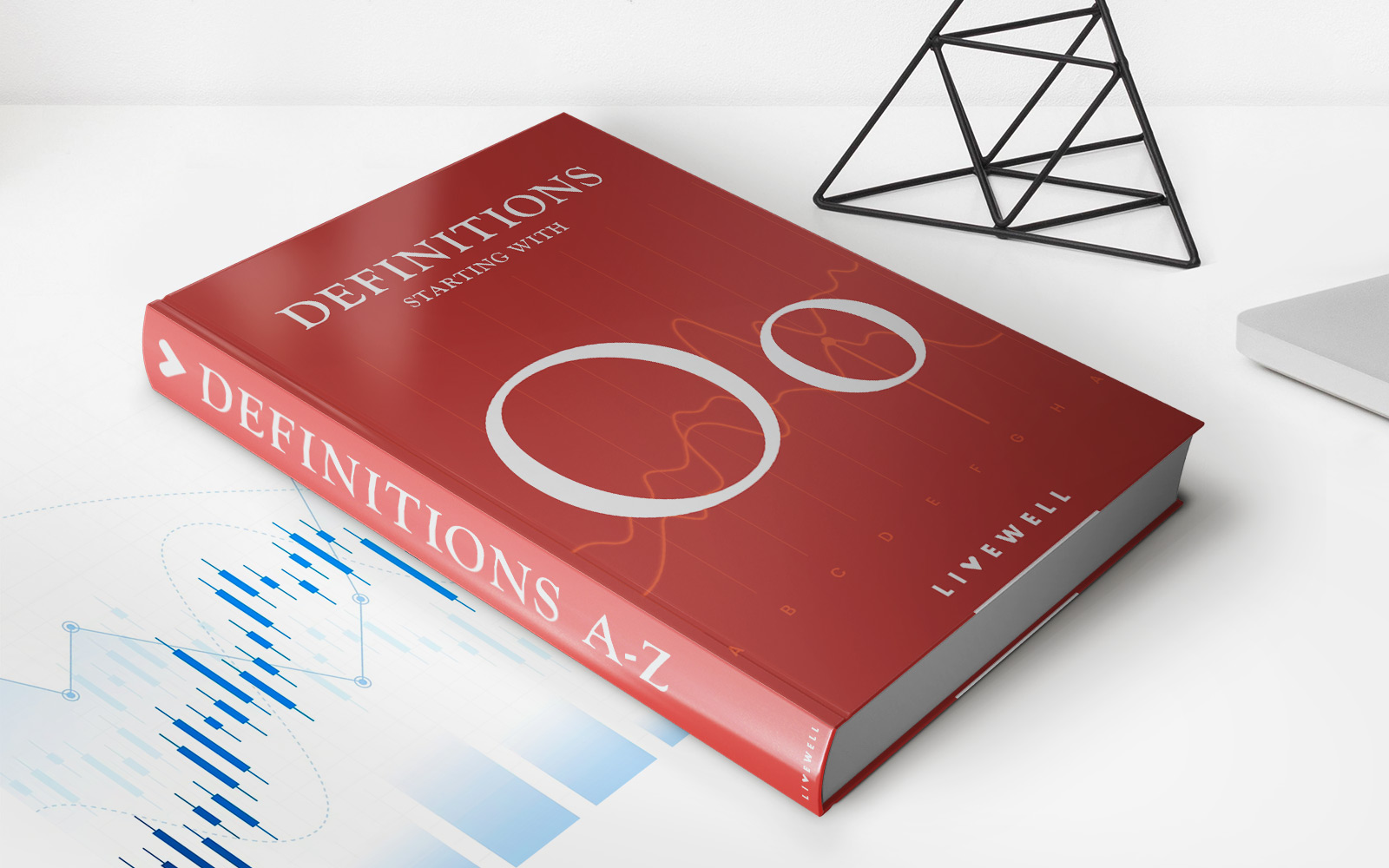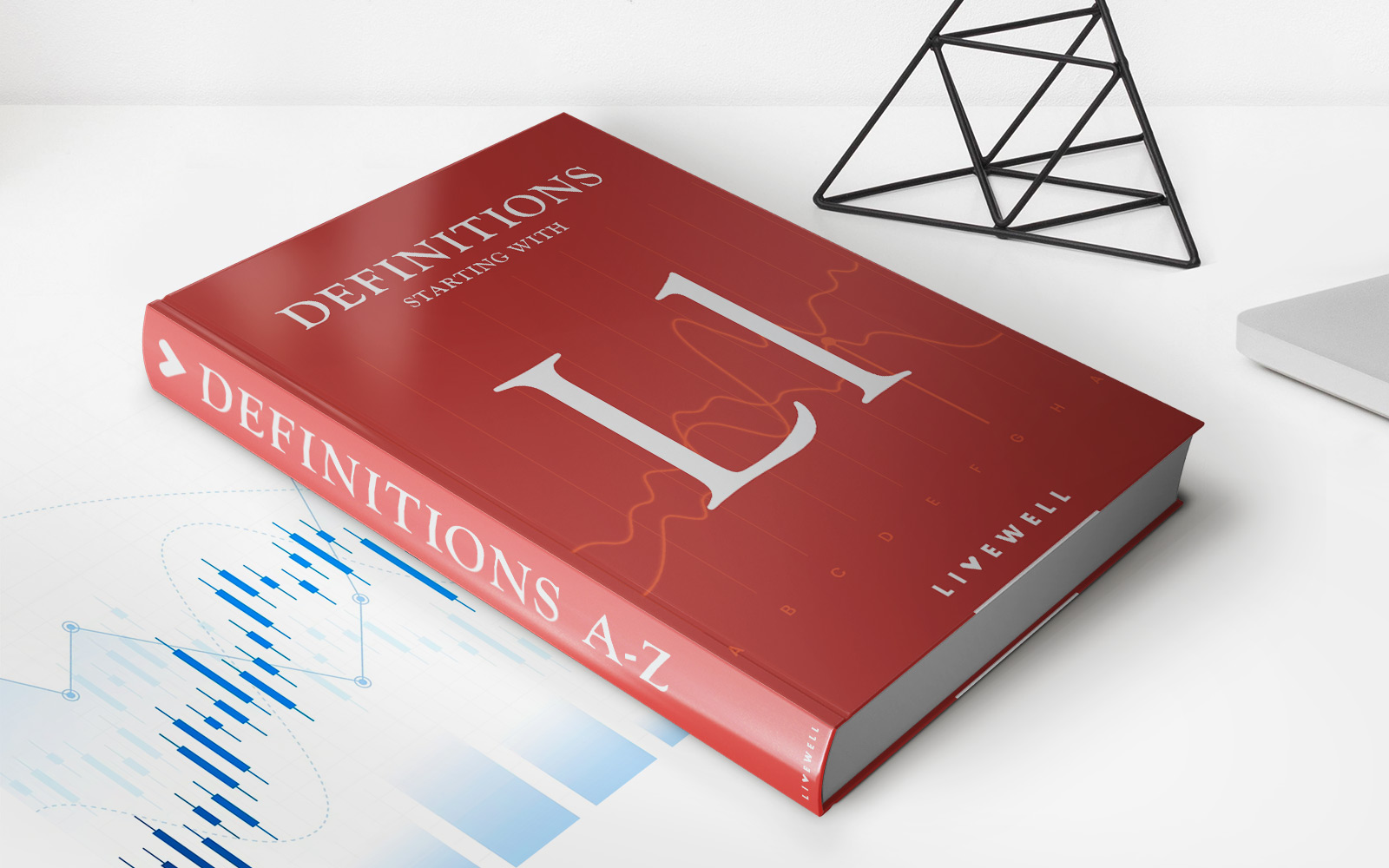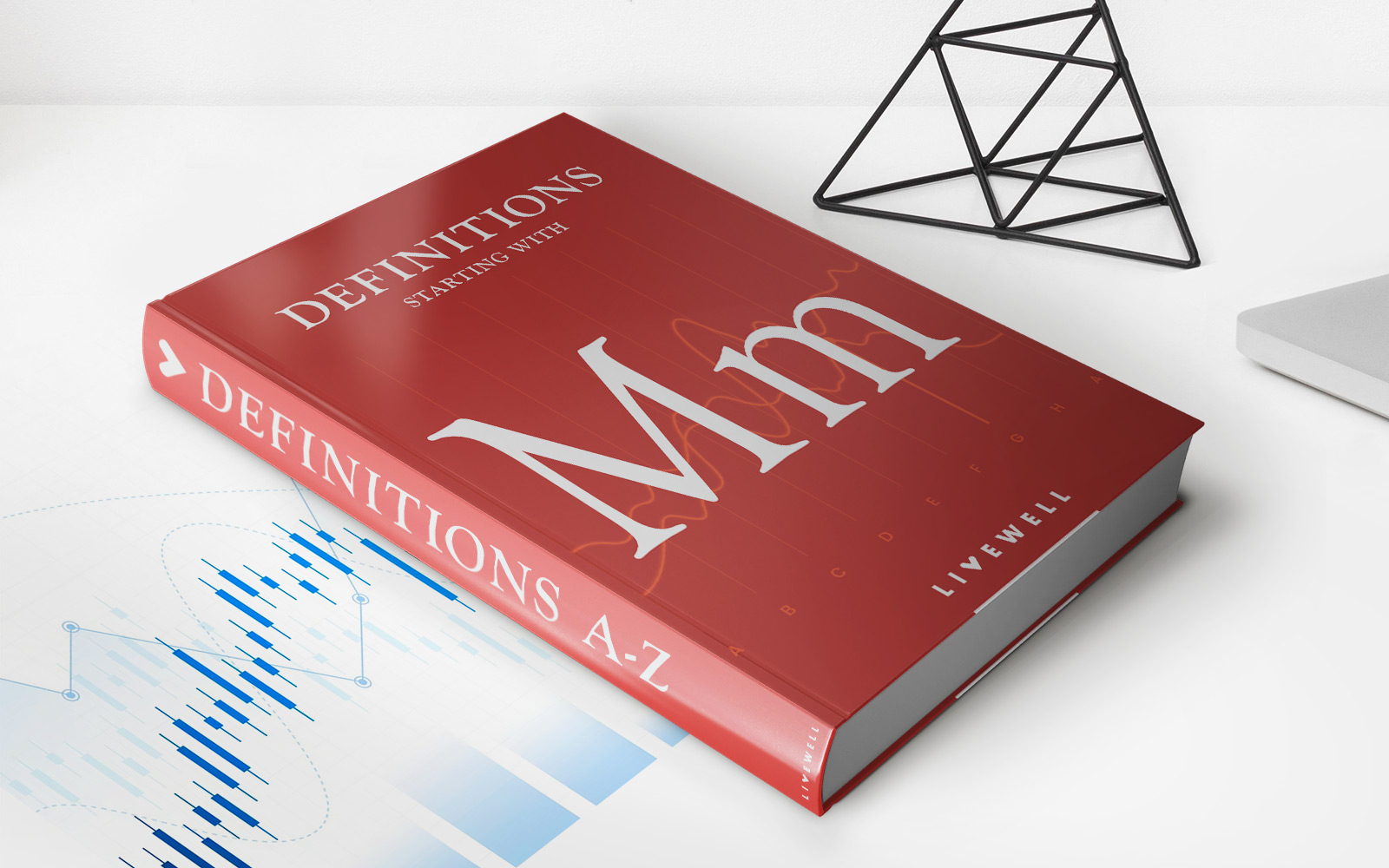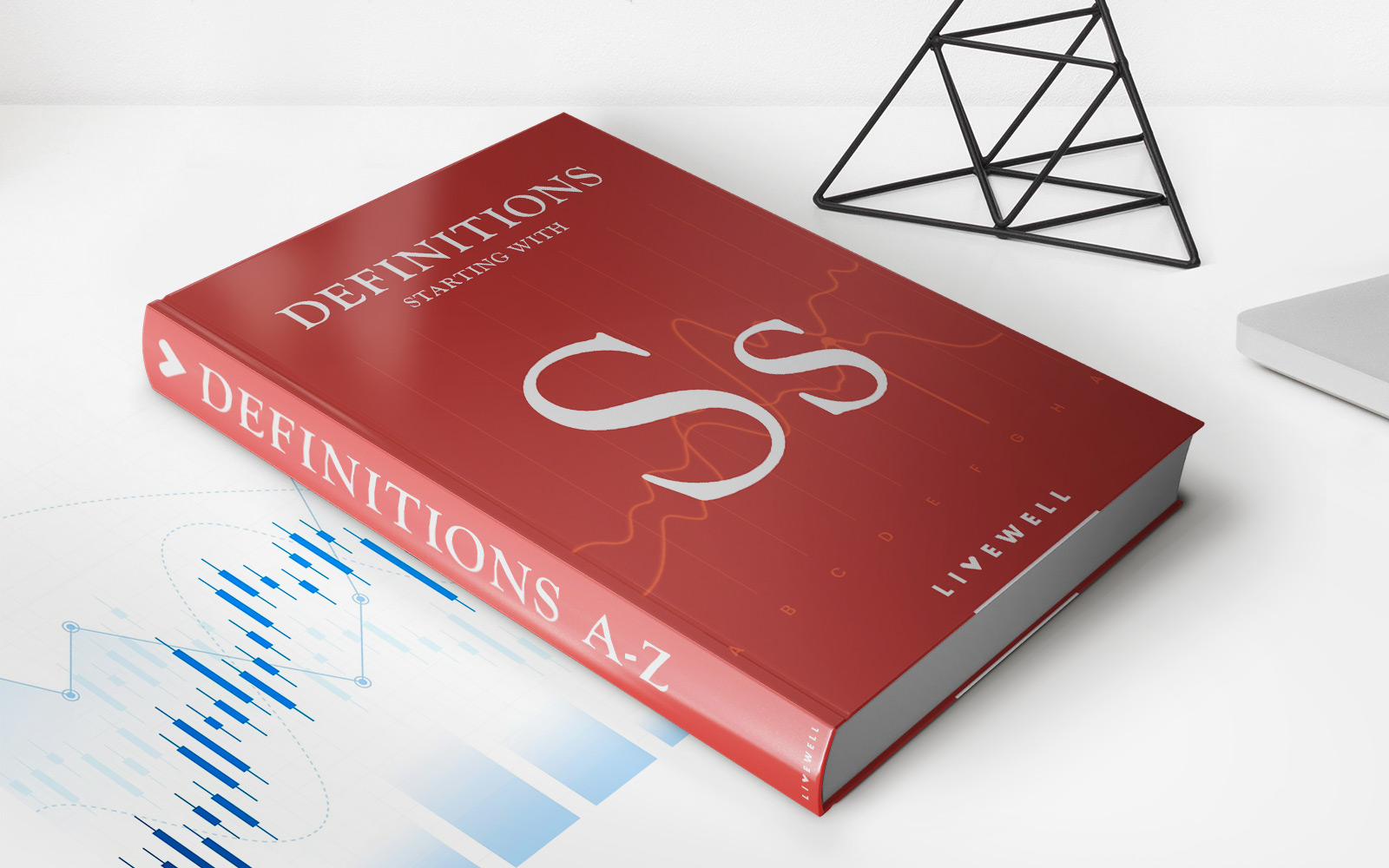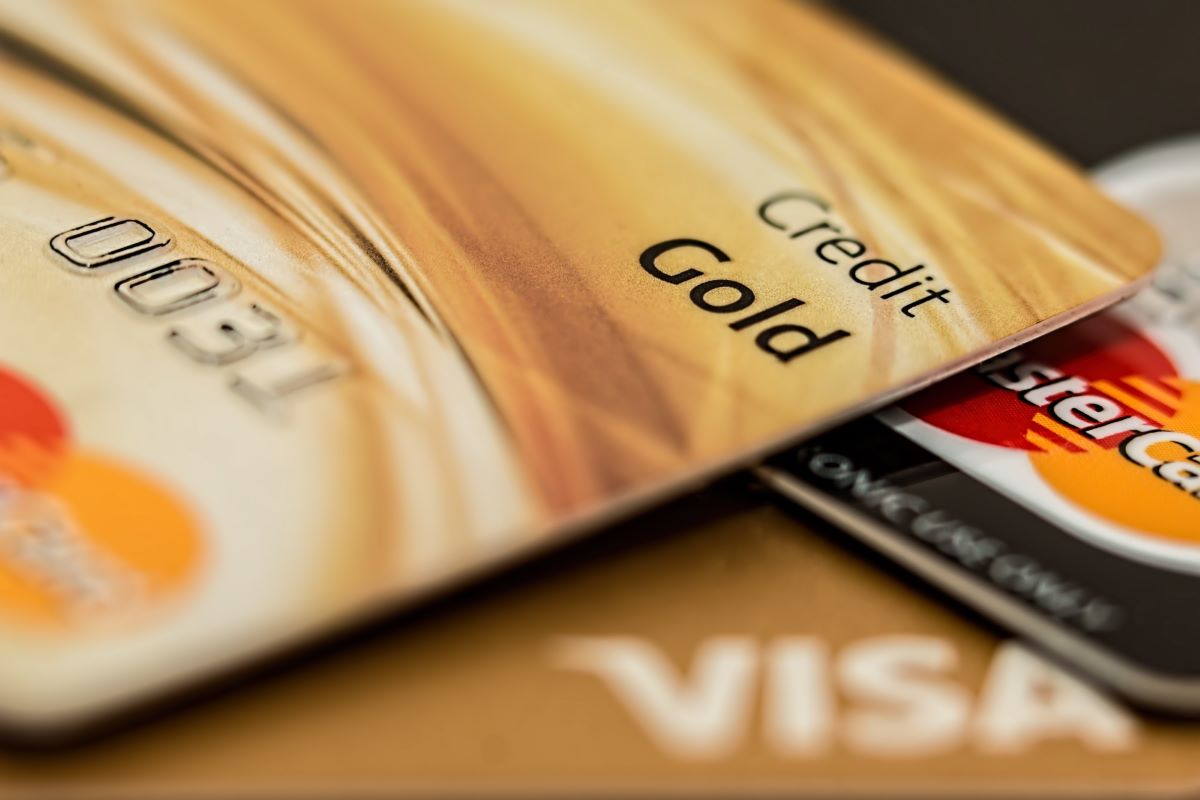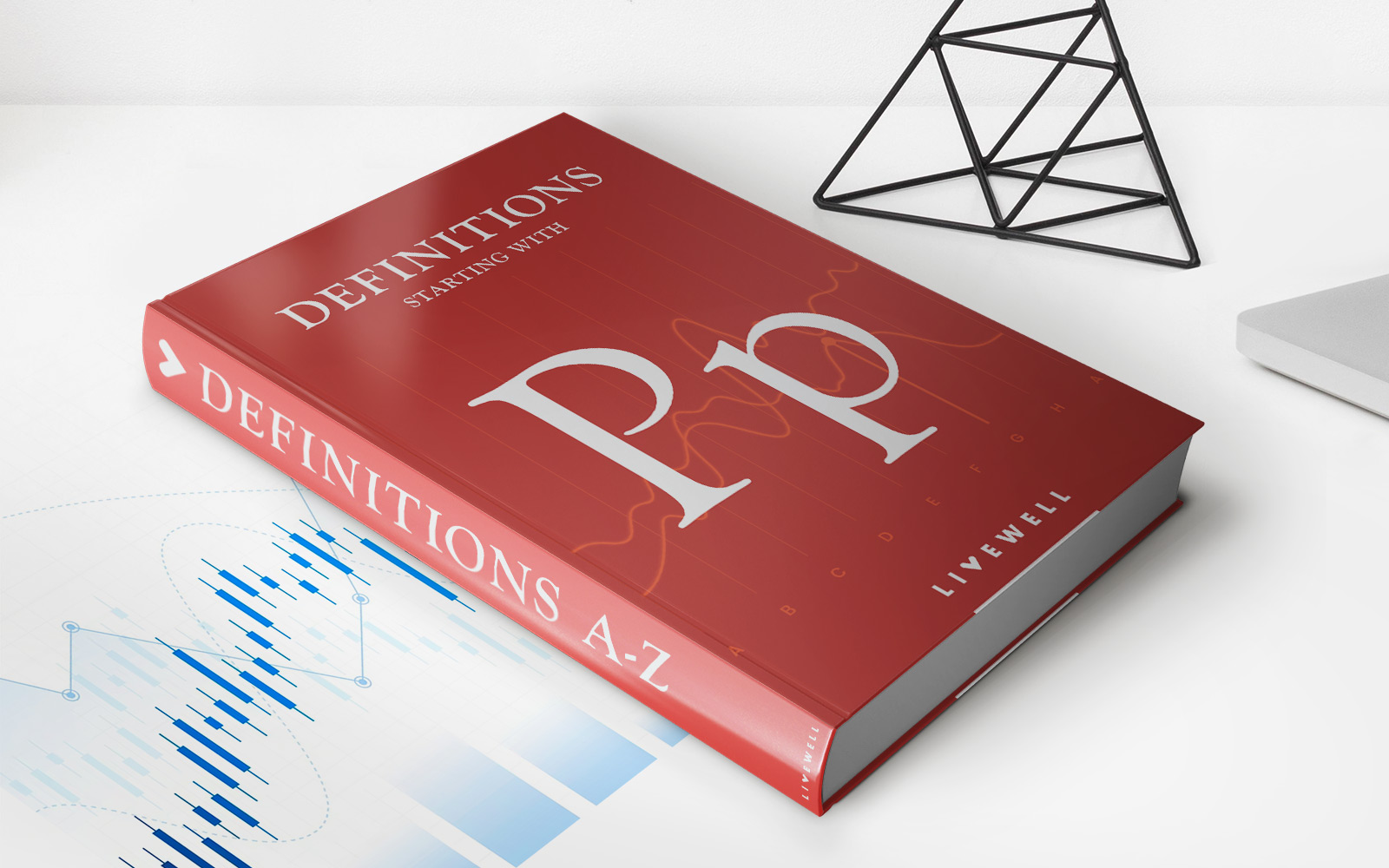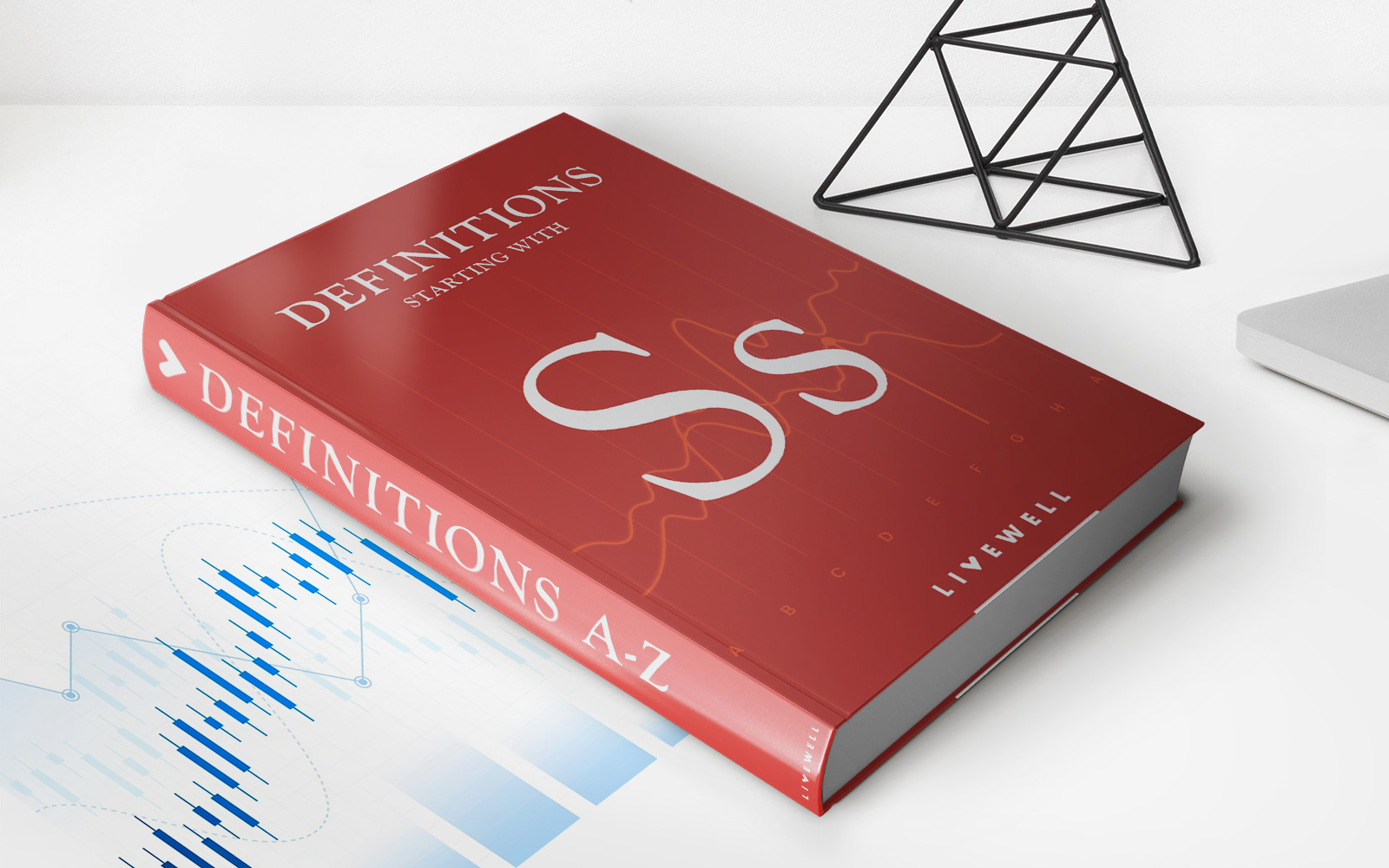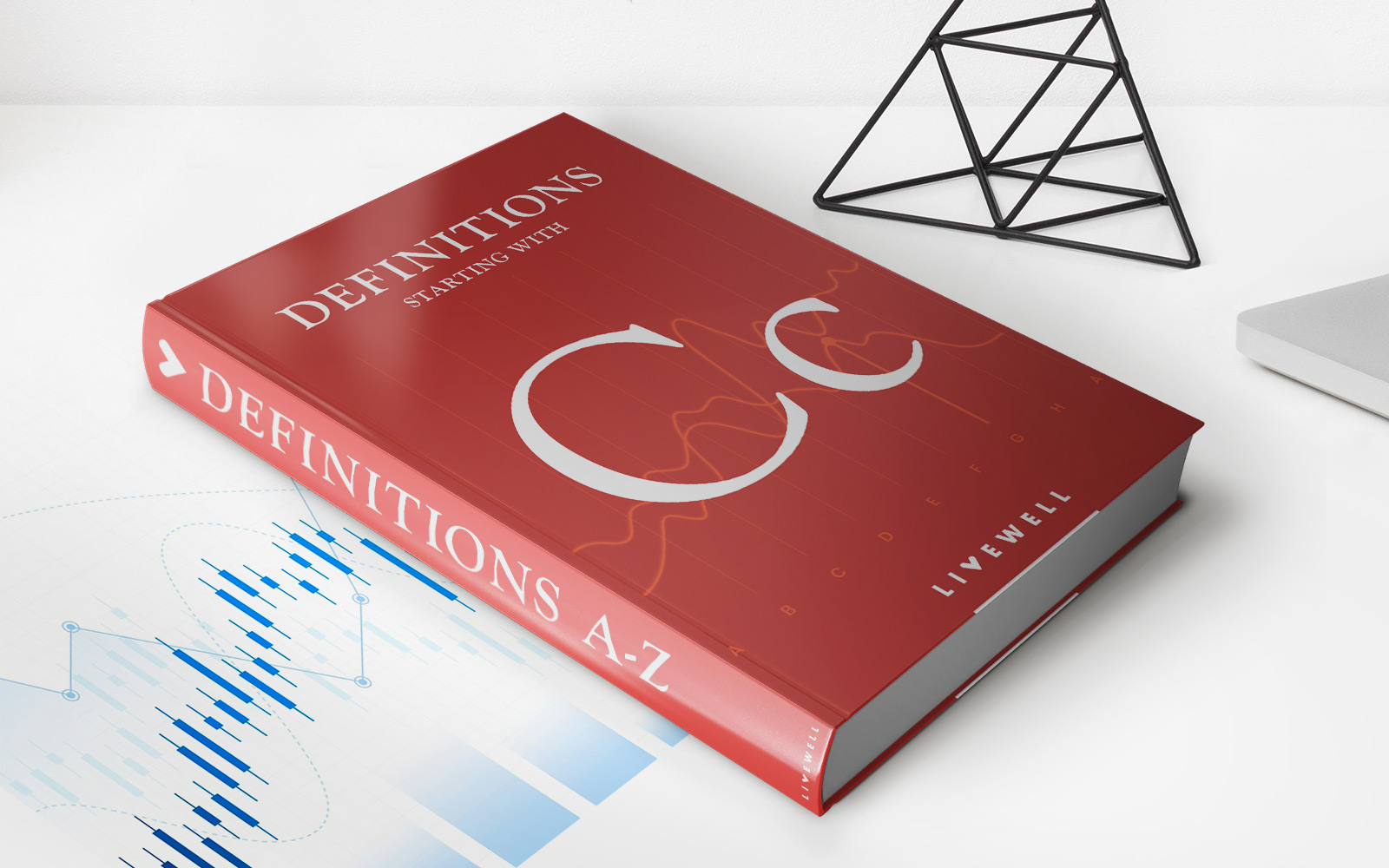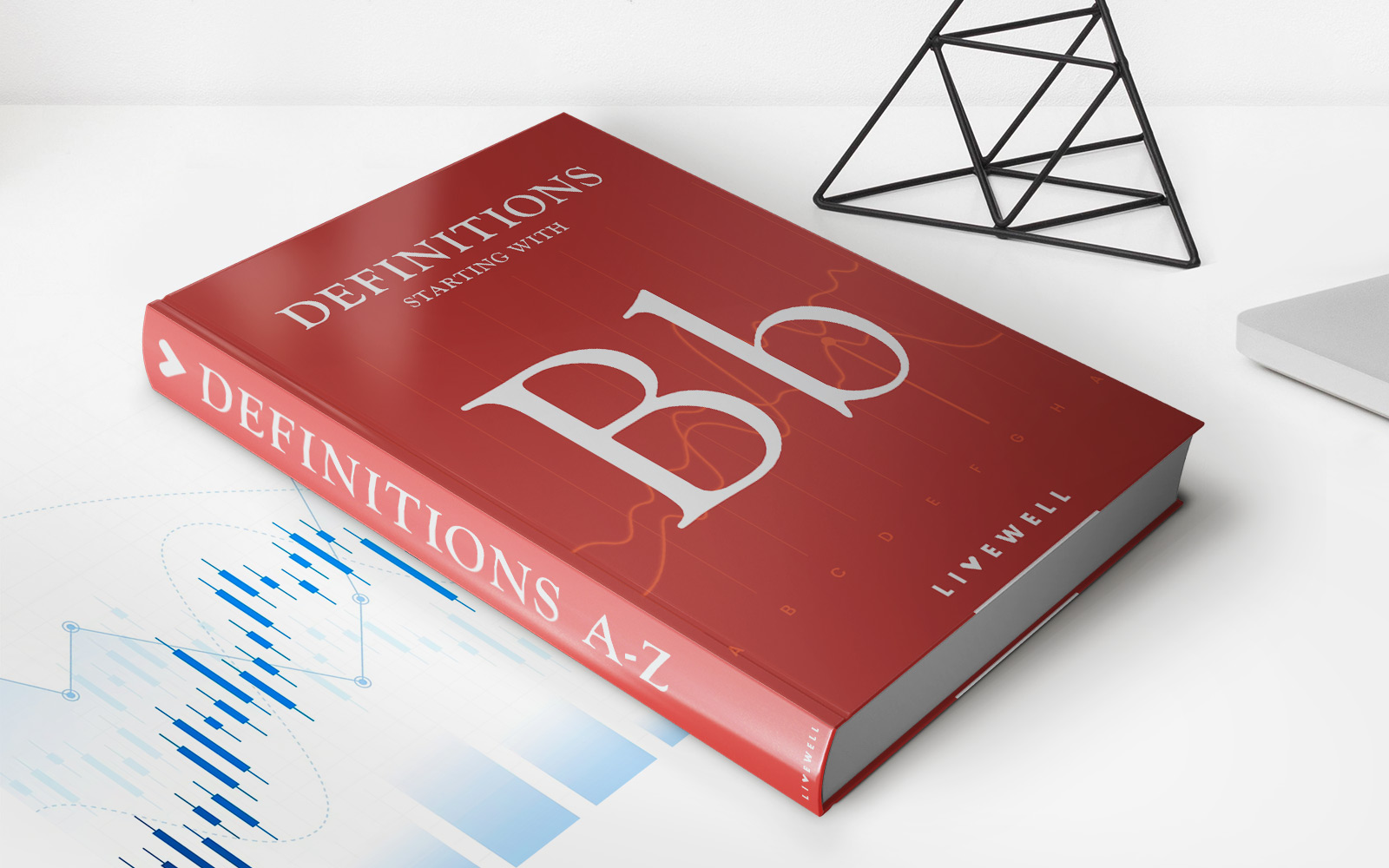Home>Finance>What Is An Order Book? Definition, How It Works, And Key Parts


Finance
What Is An Order Book? Definition, How It Works, And Key Parts
Published: January 4, 2024
Learn what an order book is in finance, how it works, and explore its key components. Dive into the definition and gain valuable insights.
(Many of the links in this article redirect to a specific reviewed product. Your purchase of these products through affiliate links helps to generate commission for LiveWell, at no extra cost. Learn more)
Unlocking the Mystery of Order Books in Finance
Have you ever wondered how financial markets operate behind the scenes? How do buyers and sellers come to an agreement on the price of a stock or a cryptocurrency? The answer lies in a crucial tool called the order book. In this article, we will delve into the definition of an order book, explore how it works, and uncover its key parts. So, fasten your seatbelts, because we’re about to demystify this essential element of the finance world.
Key Takeaways:
- An order book is a vital component of financial markets that keeps track of buy and sell orders for a particular asset.
- It provides traders with crucial information about the demand and supply of an asset, allowing them to make informed decisions.
Definition of an Order Book
Let’s start with the basics. An order book is a digital ledger or record that contains all the outstanding buy and sell orders for a specific asset, such as stocks, cryptocurrencies, or commodities. Essentially, it acts as a centralized hub where buyers and sellers come together to exchange financial instruments based on their desired prices.
How Does an Order Book Work?
Now that we understand what an order book is, let’s dive into how it functions:
- Buy Orders: When a trader wants to buy an asset, they place a buy order specifying the quantity they wish to purchase and the maximum price they are willing to pay.
- Sell Orders: On the other hand, when a trader wants to sell an asset, they place a sell order indicating the quantity they want to sell and the minimum price they are willing to accept.
- Matching Orders: The order book then matches buy orders with sell orders based on their desired prices, quantity, and timestamps. When a buyer’s maximum price matches or exceeds a seller’s minimum price, a match is made, and a trade occurs.
- Order Priority: Order books also prioritize trades based on timestamps, meaning that the earliest orders get priority in the matching process.
- Continuous Updates: As new orders are placed or existing orders are filled, the order book continuously updates to reflect the changes in real-time.
Key Parts of an Order Book
Now that we understand how an order book functions, let’s explore its key components:
- Bid Price: This refers to the highest price a buyer is willing to pay for an asset.
- Ask Price: The ask price is the lowest price at which a seller is willing to sell an asset.
- Bid Quantity: The bid quantity represents the number of units or shares that buyers want to purchase at a specific price.
- Ask Quantity: On the other hand, the ask quantity refers to the number of units or shares that sellers are willing to sell at a specific price.
By analyzing these components, traders can gauge the supply and demand dynamics and make informed decisions about when to buy or sell an asset.
Time to Unlock the Secrets!
Order books are like the backstage pass to financial markets. By understanding how they work and the key parts involved, you gain a deeper insight into the intricacies of trading and investing. Armed with this knowledge, you can navigate the financial world with confidence, making smarter decisions along the way.
So, the next time you hear about order books in finance, you’ll know exactly what it’s all about. Happy trading!
